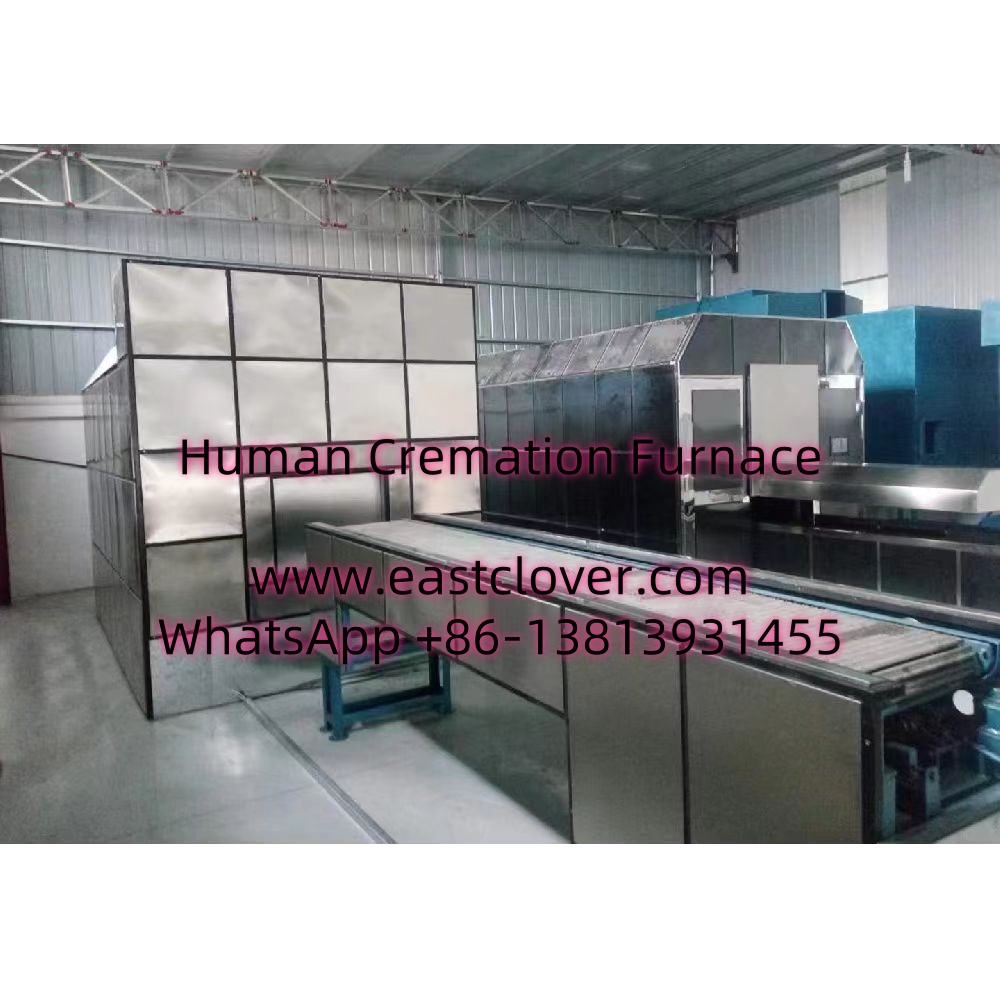Introduction to Human Cremation Furnace Turnkey Solutions
Modern cremation facilities are increasingly adopting turnkey solutions to streamline operations, enhance efficiency, and meet evolving environmental and regulatory standards. A turnkey cremation furnace system encompasses everything from design and installation to commissioning and post-installation support, providing a seamless, end-to-end solution for funeral homes, crematoriums, and government facilities. These systems integrate advanced technologies to optimize energy use, reduce emissions, and ensure compliance with health and safety protocols.
Key Features of Turnkey Cremation Furnace Systems
Automation and Digital Control
Next-gen furnaces feature programmable logic controllers (PLCs) and touch-screen interfaces for precise temperature regulation, combustion management, and process monitoring. Automated loading and ash-handling systems minimize human intervention, reducing operational errors.
Emission Control Systems
Advanced scrubbers, filters, and afterburners capture particulate matter, mercury, and harmful gases, ensuring compliance with stringent air quality standards like the EPA’s Clean Air Act and EU Directives.
Energy Efficiency
Innovative designs recover waste heat for facility heating or water systems, cutting energy costs by up to 40%. Hybrid fuel systems (natural gas, propane, or electricity) offer flexibility and sustainability.
Modular Design
Scalable configurations allow facilities to expand capacity without downtime. Retrofitting options enable legacy systems to integrate new technologies seamlessly.
Safety and Compliance
Emergency shutdown mechanisms, real-time emission alerts, and redundant safety systems protect operators and the environment. Compliance documentation is often automated for audits.
Innovations in Cremation Technology
Plasma Cremation
Plasma arc technology uses ionized gas at extreme temperatures (7,000°C+) to disintegrate remains, leaving minimal ash and zero harmful emissions. This method is ideal for hazardous medical waste and gaining traction for its eco-friendly profile.
Hybrid and Electric Furnaces
Electric cremators powered by renewable energy reduce carbon footprints. Hybrid models combine electric preheating with gas combustion for faster cycle times and lower fuel use.
IoT and AI Integration
Sensors collect real-time data on performance, emissions, and maintenance needs. AI algorithms predict component wear, optimize combustion efficiency, and automate reporting for regulatory compliance.
Bio-Cremation (Alkaline Hydrolysis)
Although not a furnace-based method, this water-based process is often integrated into turnkey solutions. It uses heated alkaline solutions to break down remains, producing sterile effluent and reducing energy use by 85% compared to traditional cremation.
Augmented Reality (AR) for Maintenance
AR glasses overlay step-by-step repair instructions onto technicians’ field of view, slashing downtime and training costs for complex systems.
Carbon Capture and Storage (CCS)
Pilot projects are testing CCS integration to capture CO2 emissions from cremation, aligning with global net-zero goals.
www.southclover.com
Turnkey cremation furnace solutions represent a paradigm shift in end-of-life services, blending sustainability, automation, and regulatory precision. Innovations like plasma cremation, AI-driven optimization, and energy recovery systems are redefining industry standards while addressing public concerns about environmental impact. As demand for greener and more efficient facilities grows, next-gen turnkey systems will play a pivotal role in shaping the future of cremation services worldwide.
FAQs
What is a turnkey cremation furnace solution?
A fully integrated system where a single provider handles design, installation, testing, and support, ensuring operational readiness from day one.
How do modern furnaces reduce environmental impact?
Through emission control tech, energy recovery systems, and alternative methods like bio-cremation, which cut CO2 output and eliminate pollutants.
Are electric cremation furnaces cost-effective?
While upfront costs are higher, long-term savings from energy efficiency and lower maintenance often justify the investment.
What safety standards govern cremation systems?
Facilities must comply with regional regulations like CAN/CSA Z319 in Canada, EPA standards in the U.S., and EU Directive 2010/75/EU for emissions.
How long does a cremation cycle take with modern systems?
Typically 1.5–3 hours, depending on the technology. Plasma and hybrid systems can shorten this to under 90 minutes.
Can IoT systems prevent breakdowns?
Yes, predictive analytics identify wear-and-tear early, enabling proactive repairs and minimizing unplanned downtime.

Comments are closed